
If you hear a story enough times, eventually, you'll start thinking about it as true. History is full of such examples. Some legends and myths were so persistent, they started being treated as history. Places, people, and objects which never truly existed became so famous, some people would swear by them, even though there is no record of them.
The stories range from ancient legends to events that supposedly occurred as recently as the 20th century. In the article below, you will find 6 such famous things that never really existed.
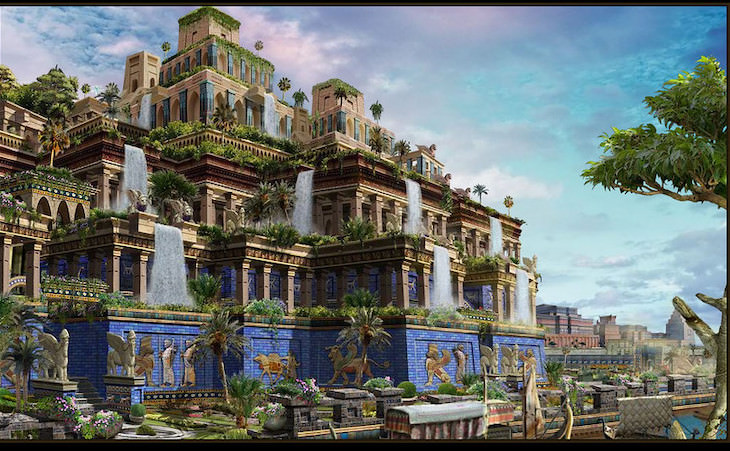
Image Source: Flickr
Archeologists and historians have established, to date, the locations of six out of the Seven Wonders of the Ancient World. The only site yet to be found is that of the Hanging Gardens of Babylon. According to the legend these magnificent gardens were built around 600 BC in the sunbaked desert of modern-day Iraq, by King Nebuchadnezzar II as a gift to his wife.
The image of the gardens is not only impressive for its beauty but also for the engineering ingenuity that would be needed for such a project - supplying the massive raised gardens with soil and water in the middle of a desert was likely beyond the abilities of the ancient scientists. Although they were extensively documented by Greek historians such as Diodorus Siculus, there are hardly any eyewitness accounts or first-hand evidence of the gardens' existence. Some scholars have suggested that the site of the ancient gardens was lost under the Euphrates River, or that they were actually found in the city of Ninveh and not Babylon. The most likely explanation, however, is that the gardens only existed as a poetic or literary device.
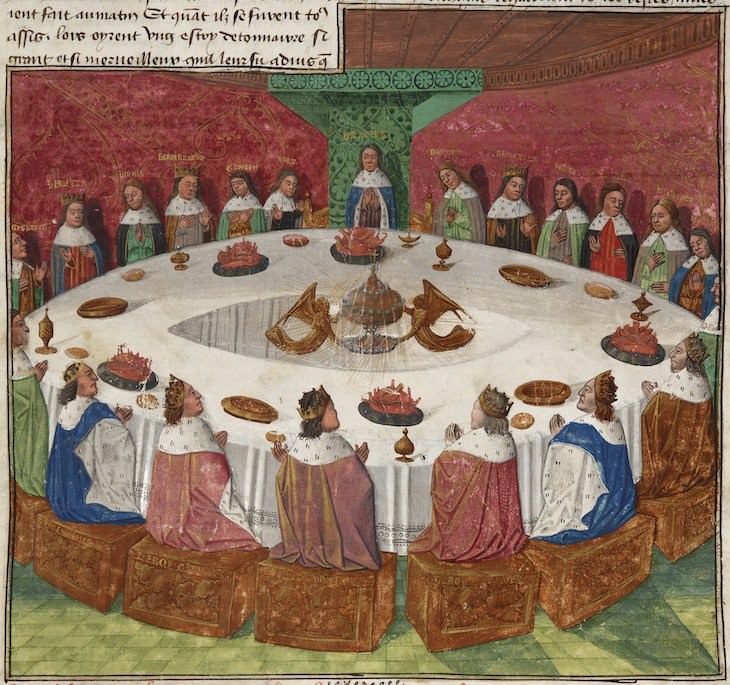
We’ve all heard stories about King Arthur of Camelot, his magic sword Excalibur and the Knights of the Round Table. But did King Arthur’s Round Table actually exist, or is it just a creation of Celtic mythology? Stories about King Arthur are known from at least the ninth century, but the earliest accounts of the legendary king don’t mention the round table at all.
The first to mention it was a Norman poet known as Robert Wace. Wace was the first to present the Arthurian legends in a commonly understood language. The Round Table entered the Arthurian lexicon through Wace, and later writers expanded on his work.
Wace based his writings on earlier works by Geoffrey of Monmouth, which in turn were based on Welsh oral traditions. The latter did describe the distinguished warriors who became Arthur’s entourage after establishing peace across Britain. However, Geoffry of Monmouth did not refer to them as the Knights of the Round Table, nor described the table itself or its location. Arthur’s Round Table appears to have been a piece of poetic license rather than an actual piece of furniture. What made it significant was its round shape, which meant the people seated around it were equals rather than ranked in relation to their distance from the king.
Related: 9 Famous Moments in History that Never Happened
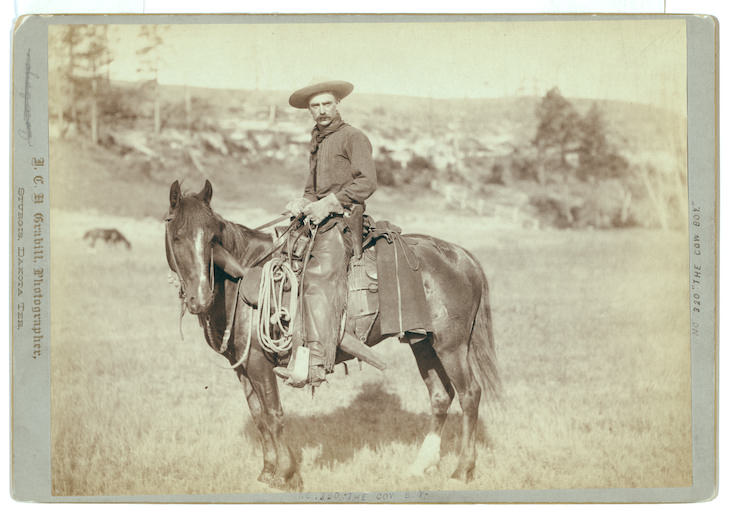
If you base your idea of the American Old West on movies, you may think life back then was complete chaos, and that gunfights on the street and high noon duels were a daily occurrence. In reality, however, the west was a lot tamer than portrayed in popular culture.
The ‘Wild West’ stretches over a vast area - from present-day Montana all the way down to Texas and across to the West Coast. As far as the time period goes, we’re talking about 1850 - 1900. Back in those days, much of this vast terrain was pre-statehood, meaning there was very little federal oversight. This lack of centralized government is partly responsible for our imagining of the Wild West as such a rowdy and lawless place. And while homicide rates were indeed very high by today’s standards, there were also long periods of peace, long enough for the settlers to establish some makeshift rules for a functioning society.
“The Hollywood version shows anyone and everyone fighting over water rights and land, but in reality, people understood the negative consequences of fighting and instead found civil ways to resolve their disputes,” Professor Terry Anderson told Live Science.
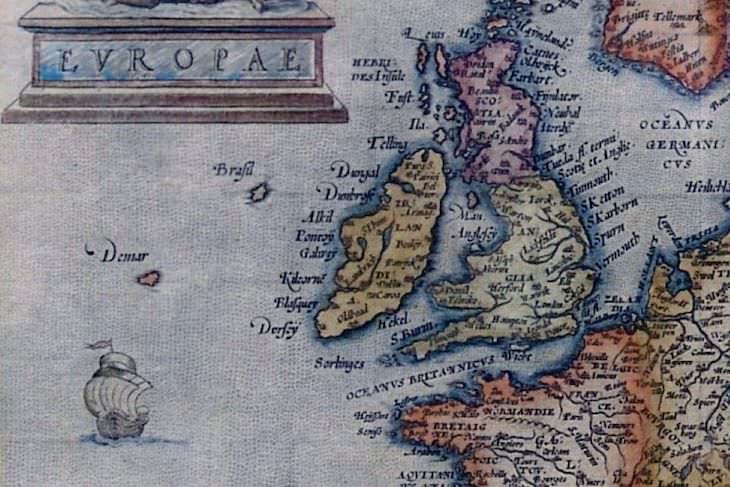
Long before Europeans ever set foot in the New World, explorers searched in vain for the island of Hy Brasil. The story of this island, which was supposedly located somewhere off the west coast of Ireland, most likely originated from a Celtic legend. Its name means ‘Isle of the Blessed’ in Gaelic.
Hy Brasil started appearing on maps in the 14th century. Seamen considered it a real place until as recently as the 1800s, and many myths and legends formed around it. Some stories described the island as a lost utopian paradise, while others claimed it was perpetually obscured by dense mist and fog, and only became visible every 7 years.
The interest in Hy Brasil peaked during the 15th century, and it was widely sought after by British explorers. Some historians claim that John Cabot hoped to encounter it during his famous journey to Newfoundland in 1497. Documents from that time claim that previous explorers have already reached Hy Brasil, which led researchers to believe that these mariners may have traveled all the way to the Americas before Christopher Columbus.
Related: What You Know Of These Historical Figures Is Probably Wrong
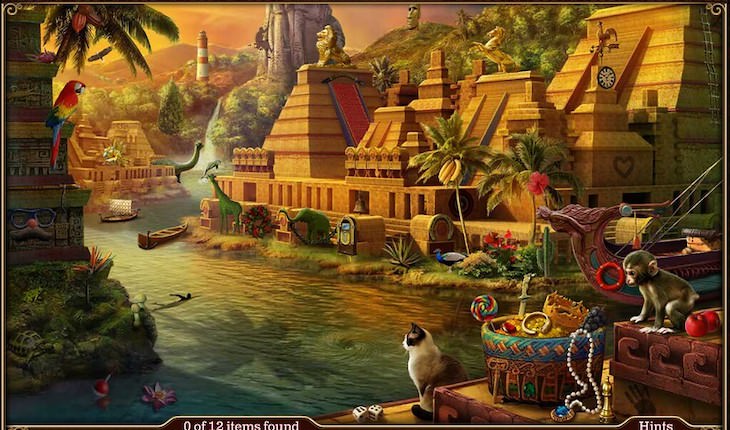
Image Source: Flickr
During the 16th and 17th centuries, Europeans believed that somewhere in the new world there was a city of gold, a place of immeasurable riches and wealth referred to as El Dorado. The search for this fantastical treasure cost many lives, but El Dorado has never been found.
Like many enduring legends, there is a true story at the heart of this myth. When Spanish explorers reached South America in the 16th century, they heard stories about a native tribe living high in the Andes mountains, in what is known today as Colombia. When a new chieftain rose to power, his rule began with a rite of passage ceremony, in which the new ruler was covered in gold dust, and gold and precious jewels were thrown into Lake Guatavita to appease the god that lived underwater. The Spaniards started calling this golden chief El Dorado, “the gilded one”.
The Spaniards and other Europeans found so much gold along the continent’s northern coast, that they started believing there had to be a place of great wealth somewhere in the interior. Over time, this elusive source of gold started being referred to as El Dorado. Expeditions continued well into the 19th century, and although much gold was found, no city of gold ever was.
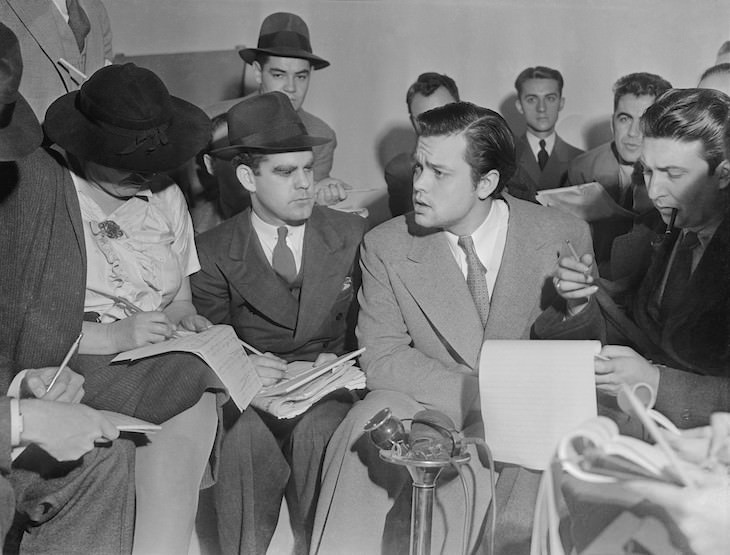
Orson Welles meeting with reporters in an effort to explain that no one connected with the War of the Worlds radio broadcast had any idea the show would cause panic.
On October 30, 1939, Orson Welles broadcast a radio play based on the H.G. Wells novel The War of the Worlds. The story was centered around aliens who have invaded Earth. The play was presented under the guise of an actual news story, opening with an announcement of special interruption due to a breaking story. The realistic presentation and excellent execution were enough to convince thousands of listeners that this was a genuine news broadcast, and sent the entire nation into a panic. Terrified citizens took to the roads to flee, took up arms, or hid in cellars and barns. Welles was forced to announce the program was fictional while still on the air, but the panic did not alleviate for days.
Or so the rumor mill of the 1930s would have you believe. Almost all the anecdotes about mass panic following the broadcast have been debunked as false. In reality, the network did receive a few calls from concerned listeners, but they were immediately reassured all was well. In fact, the audience of the show was simply too small to create such widespread panic. Newspapers kept reporting the panic, however, in an attempt to discredit the radio as a news source, and the story, which simply never happened, grew through repetition.
Share this article with those who love history!